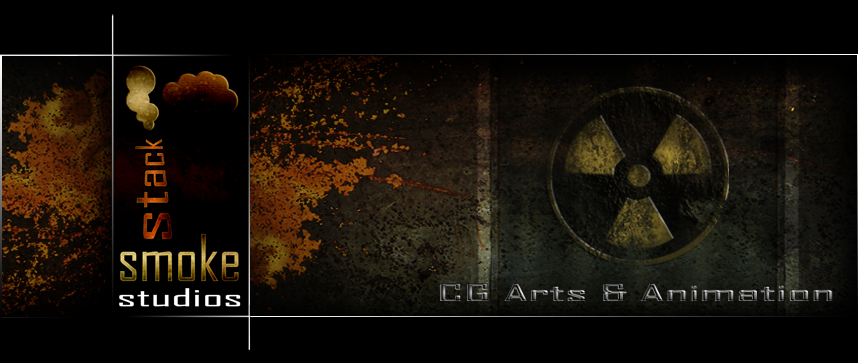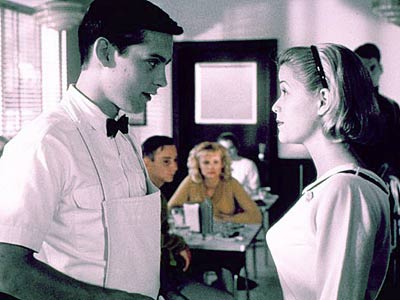- The animation starts with a happy, content boy. His lowest point is conveyed through a single tear. This change in emotion is only subtle therefore, we have to work on how we're going to convey such minor changes and the appropriate times to show them. We chose to use a single tear rather than crying, as children would have be used to such situations and therefore, would be more accustomed to dealing with such emotions. There is less emotion however, this should hopefully make the viewer empathise more with the boy.
- A toy could be used in the garden scene which in reality is part of the machine in the factory. The toy represents innocence and emphasises what childhood should be like.
- How will the transition between the garden and factory work? Steam? Wind? The sun overburdens the scene? Morphing? Objects could slowing begin to change before the main transition. These changes would need to be so subtle that they are barely noticeable. Another idea is that the boy could look down when he drops the piece of metal, and when he looks back up, he is no longer in the garden, but in the factory which is in fact reality.
- If objects do begin to change before the main transition, we should consider the same effect created by the candle with 2 faces, as seen below. The viewer cannot see the candle and faces at the same time. The brain can only register one at a time. This effect can be used in the transition. Is the viewer seeing the garden or factory?
- Other gradual changes in environment involve colour. The animation could start bright and become more dull. Also, the copper colours that are intended to be used in the factory could begin to be introduced in the garden scene. The viewer would be unaware of the true meaning of the colour introduction until the reality is revealed.
- Render the garden and factory scenes twice, each with different lighting or in a different colour therefore, we can begin to experiment with masking areas. Examples of a similar technique can be found in Pleasantville (1998). The two images below show examples of colour introduced in a black and white environment. Throughout the film, the colour introduction is so subtle that the viewer begins to question whether it is part of the imagination of if there is a change of colour. This could tie in well with our animation.
Other references:
- Chernokids (2010) could be useful when designing the factory and is an example of transition used in film.
- War Horse (2011) for reference regarding colour used in scenes
To do over the next week:
- Test types of transitions and find which is the most appropriate
- Finalise script
- Storyboard
- Concept art and turnarounds
- Animatic




No comments:
Post a Comment